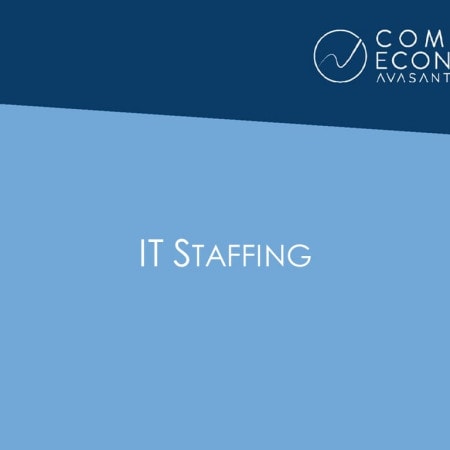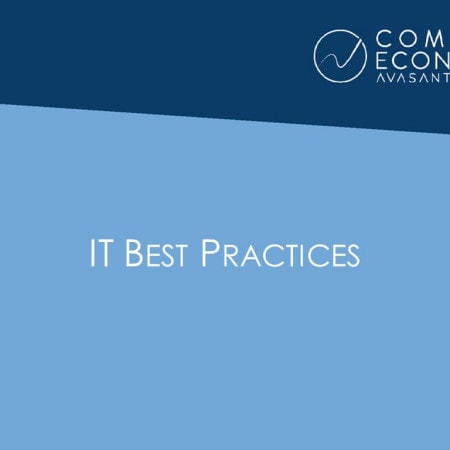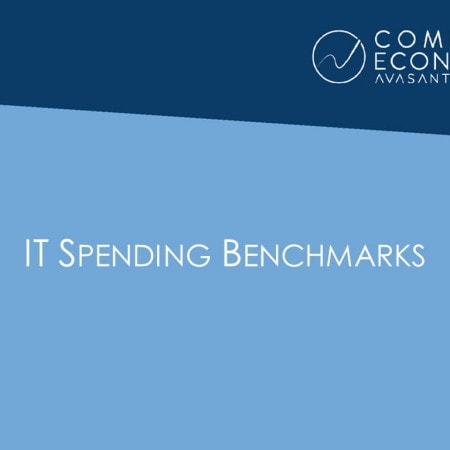-

Go-Forward Strategies for Oracle Application Customers
Customers of Oracle’s business applications face crucial decisions as the vendor seeks to substantially increase its applications, hardware, and service footprint within its accounts. To assist in those decisions, this study assesses customer satisfaction with Oracle support, plans for migration to Fusion applications, use of Sun hardware, consideration of third-party maintenance services, and forecasts for Oracle’s share of IT budgets. We present survey results for E-Business Suite, PeopleSoft, JD Edwards, and Hyperion. In addition, we provide application support staffing ratios for each application, which can be used for benchmarking and planning purposes. We conclude with recommendations as to how customers should move forward with Oracle applications. (51 pp., 30 figs.) [Research Byte]
November, 2010
-

Open Source Business Applications: Adoption and Participation Trends
In this study, we examine adoption trends and the economic experiences of organizations that have deployed open source business applications. The analysis addresses current adoption levels, current investment activity, return on investment experience, and total cost of ownership experience. We also examine variations in adoption and investment levels by organization size and industry sector. Finally, we look at a related issue: the number or organizations actively contributing to open source development projects. We conclude with key considerations for IT managers who are assessing the suitability of open source business applications. (7 pp., 10 figs.)[Executive Summary]
September, 2008
-

ERP Support Staffing Ratios 2008
ERP systems can be major investments requiring a substantial effort in implementation. Yet many organizations do not realize that the total cost of ownership of an ERP system is composed largely of ongoing support. In this report, we analyze ERP support staffing levels by size of the installation, the scope of functionality implemented, class of software vendor (Oracle and SAP vs. all others), the extent of system modification, the number of ERP versions and instances in production, and the age of the system. In addition, we analyze the allocation of ERP support staff to specific job functions. Based on these statistics, we conclude with recommendations for optimizing ERP staffing levels to better manage costs and improve user satisfaction. (8 pp., 9 figs.) [Executive Summary]
April, 2008
-

Application Consolidation: Adoption Trends and Benefits
Although consolidation of multiple applications or multiple system instances into a single system can be a great undertaking, the resulting benefits can be huge. This study investigates the payoffs and risks associated with application consolidation, which is based on our survey of more than 200 IT organizations. We provide statistics on the adoption rate for application consolidation along with the percentage of organizations that experience positive or negative return on investment (ROI). Analysis of application consolidation cost experiences are also included along with the quantitative effect that application consolidation has on IT budgets. The report concludes with practical guidelines for application consolidation that mitigate the risks of the effort. (6 pp., 8 figs.)[Executive Summary]
November, 2007
-

Guiding Successful Business Intelligence Initiatives
Today, enterprises rely on many systems to run the business: SCM, ERP, CRM, POS systems, call centers, and e-commerce and online customer touch-points. Each of these systems produces volumes of data about customers, transactions, sales, inventory, and human resources. The problem becomes how to amass this data and turn it into actionable information for decision makers across the enterprise. This is the focus of the business intelligence (BI) environment, enabling an enterprise to wring greater business insight from the increasing volumes of data. This article looks at the technology that drives the business case for BI and at how this technology is integrated into business decision making.
November, 2004
-

Using Technology to Create Value for the Enterprise
As IT budgets begin to increase more than they have over the past two to three years, CIO's are moving from a mode of holding budgets tight to one of identifying strategic opportunities for the enterprise, prioritizing projects, and proving a value proposition in a cost conscious environment.
March, 2004
-

B2B Online Usage by Manufacturing Companies (November 2002)
Only 10 percent of the manufacturing plants surveyed were making online payments to vendors in 2000. However about 30 percent plan to be conducting business in this manner by year-end 2002.
November, 2002
-

IT Staffing Trends in Organizations With ERP Applications in Place (Oct 2002)
Many organizations will be facing the need to move their operations to an ERP system to stay competitive and to control costs. The challenges of bringing your company into the ERP world are manageable, as many other organizations have demonstrated, but it will require a major investment of management time, creativity, and effort.
October, 2002
-

Trivial Online Secret Sharing: A Secret Splitting Scheme Supporting General Access Structures
In our last analysis, we discussed a variety of secret sharing techniques. In this analysis, we will discuss a specific secret sharing scheme. The scheme was developed by Christian Cachin and published in 1995. It overcomes some limitations found in earlier techniques.
August, 2002
-

How Can You Improve the Odds for Successful ERP Implementation?
ERP failures are generally not due to failure of the software but a breakdown in how such projects are managed. Top managers often fail to grasp that they are putting their organizations on the line. ERP projects fail primarily because the organization either does not define business processes at all or does so in a haphazard manner.
March, 2002
-

Change is the One Constant in the Database Market
Databases are more essential today than they ever were. The problems of database management, however, are growing exponentially. Data corruption, security, meta data, Y2K, Web compatibility, XML (Extensible Markup Language), and cross-platform operability are just a few of the challenges confronting those administering databases. Database vendors from the top tier to the bottom are confronting many of these issues and are developing applications to address them. These revisions, however, often add to the burden of database management.
March, 2002
-

Turbulence Ahead in the ERP Market (Nov 2000)
The promises of the ERP revolution of a few years ago have too often been realized as expensive, bulky software coupled with painful rollouts and often wrenching organizational realignments. Consequently, ERP vendors are under the gun. Several have faced hard economic times along with rapid changeovers in the executive suites and disappointed customers. The major ERP suppliers are also facing a wakeup call from nimble e-commerce competitors such as Ariba, Clarify, Commerce One, I2 Technologies, and Siebel Systems to say nothing about their traditional adversaries, IBM and Microsoft. Application service providers are yet another threat to ERP providers' welfare.
March, 2002
-

How to Make CRM Financially Viable
The purpose of customer relationship management (CRM) is to provide a dialog between your customers and your business. This goal implies that an organization should commit itself to major internal changes because the key to successful CRM implementation is not limited to IT issues. Rather, success depends on interdepartmental cooperation and superb leadership. The main reason that many firms have failed in their CRM deployments revolves around failing to grasp these concepts.
January, 2002

 Grid View
Grid View List View
List View